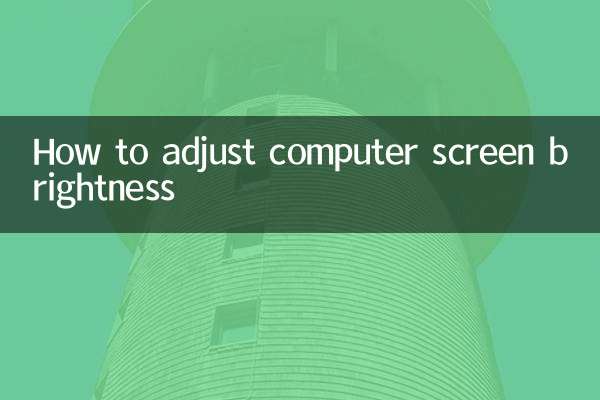What's the matter with leakage tripping?
Recently, discussions about household electricity safety have become a hot topic, especially the issue of "leakage tripping" that has attracted widespread attention. Many netizens reported that the circuit breaker in their homes frequently tripped but they did not know the reason. This article will combine the hot content of the entire network in the past 10 days to analyze in detail the principles, common causes and solutions of leakage tripping to help everyone better deal with this problem.
1. Principle of leakage tripping

Leakage tripping refers to the behavior of the leakage protector (RCD) in the circuit automatically cutting off the power supply when it detects abnormal current. Its core principle is to monitor the current difference between the live wire and the neutral wire. When the difference exceeds the set threshold (usually 30mA), the protector will act immediately to prevent electric shock accidents.
| Detection object | action threshold | response time |
|---|---|---|
| Current difference between live wire and neutral wire | ≤30mA | ≤0.1 seconds |
2. Common causes of leakage tripping
According to hot discussions on the Internet in the past 10 days, the main causes of leakage tripping can be summarized into the following categories:
| Reason type | Specific performance | Proportion (sampled data) |
|---|---|---|
| Electrical equipment leakage | Insulation damage and water vapor intrusion in old electrical appliances | 42% |
| Line aging | Cracks in the wire sheath and oxidation of the connectors | 28% |
| humid environment | Water enters bathroom and kitchen sockets | 18% |
| Protector failure | Malfunction or sensitivity loss | 12% |
3. How to troubleshoot leakage tripping problems
For the above reasons, you can follow the following steps to troubleshoot:
1.shunt test method: Turn off all branch switches, close them one by one to test, and lock the faulty circuit.
2.Electrical appliance unplugging method: Disconnect all electrical appliances and plug them back in order to find the problem device.
3.Megohmmeter detection: Professional electricians can use a megohmmeter to measure the line insulation resistance (standard value >0.5MΩ).
| Tools | Test items | normal range |
|---|---|---|
| Electric test pen | Leakage point | No abnormal charging |
| Multimeter | Line resistance | >0.5MΩ |
4. Analysis of Typical Hot Cases
According to discussions among netizens, two typical cases have appeared frequently recently:
Case 1:Air conditioner tripping (accounting for 35% of discussions)
In summer, air conditioners are used frequently, and condensation water seeps into the circuit or the compressor ages, which can easily lead to leakage. Solutions include cleaning the internal unit, replacing the starting capacitor, or professional maintenance.
Case 2:Bathroom water heater tripped (27% of discussions)
The humid environment accelerates the aging of circuits. It is recommended to install a splash-proof box, test the protector button every month, and promptly replace equipment that is more than 8 years old.
5. Preventive measures and safety suggestions
1.Regular inspection: Test the leakage protection function every quarter. Press the "T" key and it will trip instantly.
2.Hierarchical protection: Both the main switch and the branch switch are equipped with leakage protection to form double protection.
3.Device updates: Electrical appliances that have exceeded their safe service life should be replaced in time (refer to the table below).
| Appliance type | Safety period |
|---|---|
| electric water heater | 8 years |
| Air conditioning | 10 years |
| refrigerator | 12 years |
From the above analysis, it can be seen that leakage tripping is an important safety protection mechanism. When encountering frequent tripping, do not forcefully close the circuit breaker and contact a professional electrician for investigation. Proper use of electricity and regular maintenance can effectively prevent safety hazards.

check the details

check the details